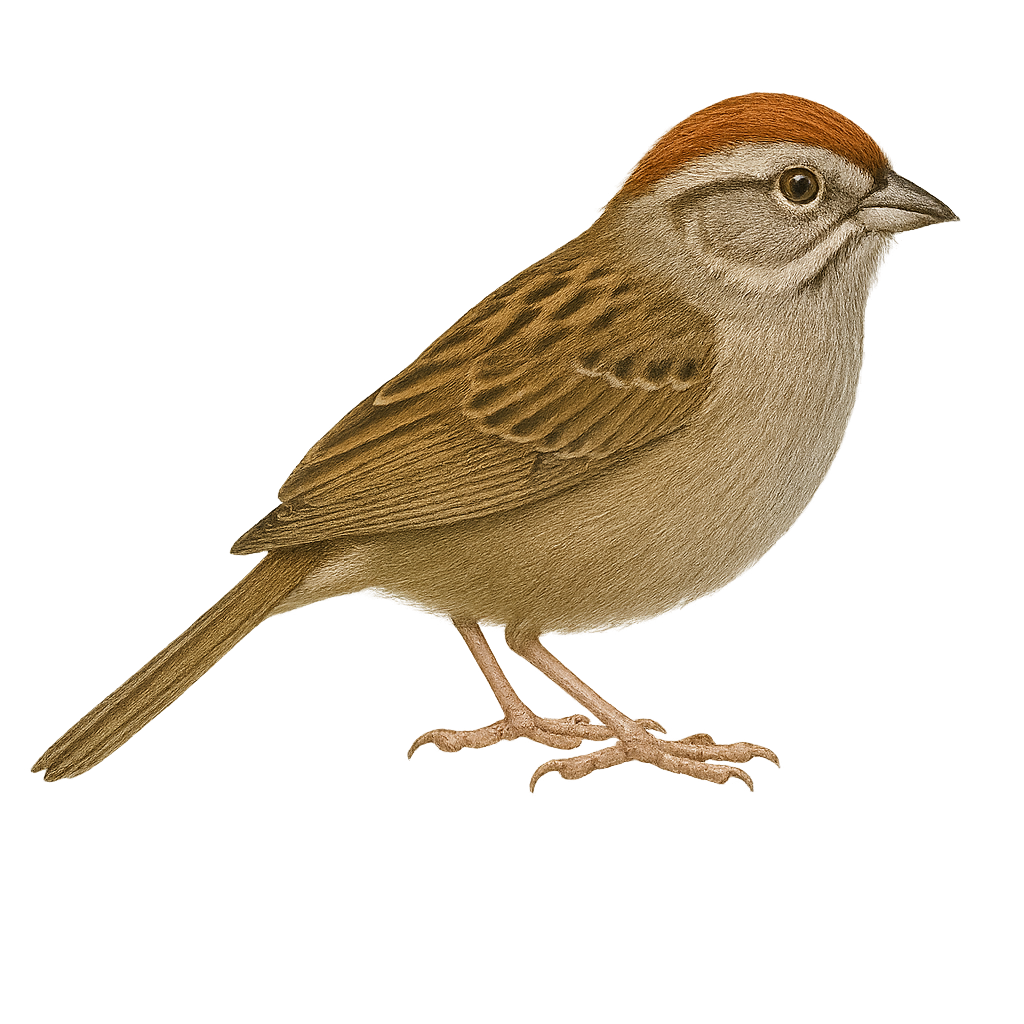Your wildlife photography guide.
Explore the rufous-crowned sparrow in detail, study its behavior, prepare your shots.
Where to observe and photograph the rufous-crowned sparrow in the wild
Learn where and when to spot the rufous-crowned sparrow in the wild, how to identify the species based on distinctive features, and what natural environments it inhabits. The WildlifePhotographer app offers tailored photography tips that reflect the rufous-crowned sparrow’s behavior, helping you capture better wildlife images. Explore the full species profile for key information including description, habitat, active periods, and approach techniques.
Rufous-crowned Sparrow
Scientific name: Aimophila ruficeps

IUCN Status: Least Concern
Family: PASSERELLIDAE
Group: Birds
Sensitivity to human approach: Suspicious
Minimum approach distance: 10 m
Courtship display: April to June
Incubation: 11-13 jours
Hatchings: April to June
Habitat:
Arid shrubs, rocky terrains, open grasslands
Activity period :
Primarily active during the day, with peak activity in the morning and late afternoon.
Identification and description:
The Rufous-crowned Sparrow is a small passerine bird known for its distinctive rufous cap, which contrasts with its gray and brown plumage. It is primarily found in the arid and semi-arid regions of the southwestern United States and Mexico. This bird favors open habitats with sparse shrubs and rocky terrain. It is often seen foraging on the ground, feeding mainly on seeds and insects. The Rufous-crowned Sparrow is a discreet bird, often difficult to spot due to its camouflaged plumage. Its song is a soft, melodious trill, often heard in the spring.
Recommended lens:
400mm – adjust based on distance, desired framing (portrait or habitat), and approach conditions.
Photography tips:
To photograph the Rufous-crowned Sparrow, it is advisable to use a telephoto lens of at least 400mm to capture detailed images without disturbing the bird. Look for areas where the bird is active, such as arid shrubs or rocky terrains. Be patient and discreet, as this bird is suspicious and can easily be startled. Prefer early morning or late afternoon hours to benefit from soft, natural light.
The WildlifePhotographer App is coming soon!
Be the first to explore the best nature spots, track rutting seasons, log your observations, and observe more wildlife.
Already 1 431 wildlife lovers subscribed worldwide

